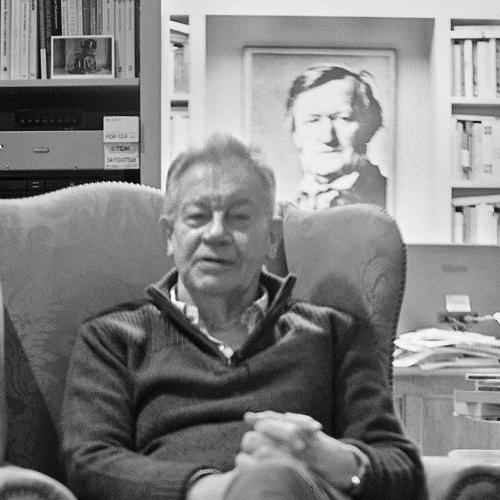When did was Beethoven's Eighth Symphony first played publicly?
Beethoven's Eight Symphony premiered in Redoutensaal, Vienna on 27 February 1814
Style and reception of Beethoven's Eighth Symphony
The Eighth Symphony was composed in 1812, when Beethoven was 42, and completed only six months after the Seventh, an unusually short gestation period for him. Sketches show that the original intention was for it to be a piano concerto, but as with all masterpieces it is impossible for us to imagine its being any different from the way it is. Its initial reception was cooler than that accorded to its predecessor, which is so much more evidently revolutionary.
In fact, the Eighth, which is the shortest of the symphonies, has been and still often is taken to be a lightweight work compared with the others, and mentions of its 'Haydnesque' character are common. All told, it seems the most misunderstood of the symphonies, most of the others, whatever their complexities, having an evident character. The Eighth is wilfully deceptive literally from the opening bar, and continues throughout to play games with the listener's expectations. It manages to go on being surprising, even disconcerting, however often you listen to it.
Character of Beethoven's Eighth Symphony
It opens on what seems a genial note, though the first subject is abrupt and seemingly self-contained, and it soon becomes apparent that the movement is going to be full of syncopations - open any page of the score and you'll see sforzando marks all over it. What is more surprising is the range of possibilities that brusque opening contains, with some of Beethoven's longest and most energetic stretches of development. There are strange calm passages which get dismissed, and the overall impression is of disruptive high spirits.
There is no slow movement.
The second is marked Allegretto scherzando, and is said to have been provoked by the recent invention of the metronome: it certainly ticks throughout, and there is a mock-innocent quality to it which leaves one feeling pleasantly bemused. The scherzo is followed by a minuet: another small revolution, which turns out to verge on the threatening, with a turgid string figure at odds with the horn-saturated lyricism which outweighs it. Then follows the rapid finale, the most unsettling movement of all.
This was Stravinsky's favourite Beethoven symphony, and one sees why: ferocious syncopations, sudden intrusions of trumpet and drum, vehement silences, the intent to disconcert in a playful, but also almost demonic way. It has the effect of a joke which one can see is funny, but still doesn't quite understand. The other symphonies we love because they affirm what we feel are, or should be, our deepest values. This one leaves us asking if we are really sure about what they are.
Recommended recording of Beethoven's Eighth Symphony
Distinguished recordings of the Eighth are not rare, but to seize it in all its aspects turns out to be reserved for peculiar temperaments. An Eloquence recording from 1970 under Claudio Abbado, paired with a noble account of Bruckner's First Symphony, is a highly recommended modern-ish recording; but if you can tolerate decent mono sound, then Sir Thomas Beecham (Sony Classical) and Hans Knappertsbusch (Orfeo) are truly Jove-like.
Vienna Philharmonic/Claudio Abbado
Australian Eloquence ELQ4805952
Words by Michael Tanner. This article first appeared in the December 2015 issue of BBC Music Magazine.
